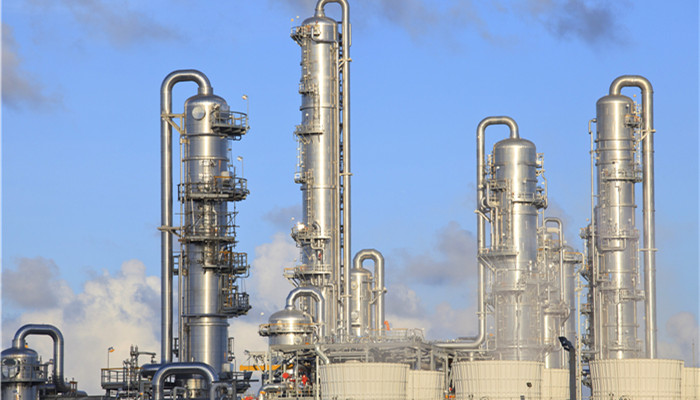
The demand for desulfurization and denitrification in non-electricity fields is released, and the low-temperature catalyst market has broad development prospects.
Medium- and high-temperature catalysts are relatively mature in technology, process, and application, and occupy a large market share in thermal power, coal-fired power generation and other fields. However, as environmental protection supervision becomes increasingly strict, non-electricity fields such as coking, glass, cement, steel, and lime kilns The demand for denitrification and desulfurization is also growing. The exhaust gas emission temperature in non-electricity fields is usually between 150-300°C. Its characteristics include complex working conditions, low temperature, and high alkali metal content. Catalysts are the core of desulfurization and desulfurization technology. Against this background, the market has also continued to demand catalysts. With the improvement, the attention of the low-temperature catalyst market has increased accordingly.
Compared with medium and high temperature catalysts, low temperature catalysts have the advantages of low energy consumption, low equipment operating costs, fewer clogging problems, and long service life. my country is a major emitter of nitrogen oxides. Against the background of increasingly stringent environmental protection regulations, the demand for desulfurization and denitrification in non-electricity fields continues to be released, and the application prospects of low-temperature catalysts are broad. Depending on the carrier, low-temperature catalysts can be divided into iron-based low-temperature catalysts, manganese-based low-temperature catalysts, vanadium-based low-temperature catalysts, etc. In terms of preparation technology, the mainstream preparation technologies for low-temperature catalysts include coprecipitation, sol-gel, and impregnation methods.
According to the “2022-2027 China Low Temperature Catalyst Industry Market In-depth Research and Development Prospects Forecast Report released by the Industrial Research Center, low temperature Catalysts have been a hot research topic at home and abroad in recent years. In the international market, companies from the United States, Japan, Germany and other countries are at the leading level in this field. The research and application of low-temperature catalysts in my country started late, and production technology is mainly imported. The demand for high-end low-temperature catalysts still relies on imports.
In recent years, in order to realize the localization and large-scale production of low-temperature catalysts, Chinese enterprises and institutions have also actively carried out relevant research, and have made certain progress in active component composition, reaction mechanism, resistance to alkali metal poisoning, and preparation technology. At present, my country’s low-temperature catalyst suppliers include Hubei Siboying, Anhui Chenxi Clean, Tongxing Environmental Protection, Dongfang Kaitri, Anhui Yuanchen Technology, Dongfang Boiler, etc.
The application of low-temperature catalysts in my country started late. However, as a country with large nitrogen oxide emissions, under the background of carbon neutrality and carbon peak strategies, the demand for denitrification and desulfurization in non-electricity fields will continue to be released, and the low-temperature catalyst market has broad development space. From the perspective of development trends, driven by advances in preparation technology and demand upgrades, the low-temperature catalyst market will develop in the direction of ultra-low temperature, environmental friendliness, high activity, and low cost.
Industry analysts said that under the background of carbon neutrality and carbon peak strategies, the non-electricity sector is facing increasingly severe environmental pressure. The demand for denitrification, desulfurization and carbon reduction continues to grow, and the low-temperature catalyst market has broad development prospects. Low-temperature catalysts are an important direction for the future development of the catalyst market. In order to achieve localized production of high-end low-temperature catalysts, domestic companies still need to develop new materials and new processes, improve catalyst stability, resistance and catalytic efficiency, and catch up in technology, application, performance and other aspects. Super foreign companies.

 微信扫一扫打赏
微信扫一扫打赏

